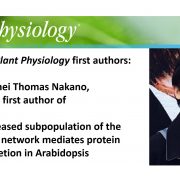
Recognizing Plant Physiology first authors: Ryohei Thomas Nakano
Plant Physiology, Plant Physiology: Author ProfilesRyohei Thomas Nakano, first author of A Golgi-released subpopulation of the trans-Golgi network mediates protein secretion in Arabidopsis
Current Position: Principal Investigator at the Max Planck Institute for Plant Breeding Research, Cologne, Germany
Education: M.Sc (2009) and D.Sc (2012) in Biological…
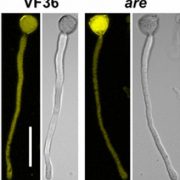
A key role for flavanols in the promotion of pollen success (PNAS) ($)
Plant Science Research WeeklyThe reproductive success of angiosperms relies on the fertilization of the female gametophyte (egg sac) by pollen that travels long-distances in the pistil. Previous studies suggest a role for phenylpropanoid-related metabolites (flavonoids and anthocyanins) in controlling pollen growth and fertilization,…

Review: Nicotiana benthamiana: a workhorse of model plants (Annu Rev Phytopathol)
Plant Science Research WeeklyFor years, scientists have relied on model species to investigate the fundamental nature of plants. Not surprisingly, these systems have facilitated our combined efforts for a deeper understanding of complex plant phenomena, from the coordinated orchestration of developmental programs to the emerging…
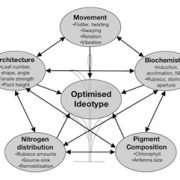
Opinion: A canopy conundrum: wind-induced movement, crop productivity and photosynthetic limitations? (J Exp Bot) ($)
Plant Science Research WeeklyHigh wind speeds may result in substantial damage to crop canopies, resulting in a loss of productivity. Lower wind speeds affect crop canopies in different ways – while physical damage does not occur, the movement of plant tissues impacts photosynthetic capacity by altering the light environment,…
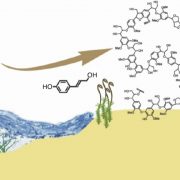
Special Issue - Plant Biotechnology, focus on lignin (Curr Opin Biotechnol) ($)
Plant Science Research WeeklyA forthcoming issue of Current Opinion in Biotechnology features a set of reviews on the topic of lignin, particularly its chemistry and applications. Lignin is a complex set of polymers that provide structural support to vascular plants (See Renault et al. for insights into lignin's evolutionary origins).…

The role of ER stress-depending autophagy under phosphate deprivation (Plant Physiol)
Plant Science Research WeeklyIn the Brassicaceae, inorganic phosphate (Pi) deprivation modifies root system architecture to favor Pi foraging, through the inhibition of primary root growth and the stimulation of lateral root growth. Root growth inhibition is triggered by Fe-stimulated ROS generation and cell wall modifications,…
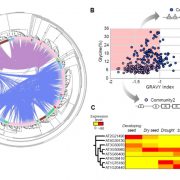
Genomic diversification of LATE EMBRYOGENESIS ABUNDANT (LEA) protein gene families (GBE)
Plant Science Research WeeklyLEA genes were first identified as being highly abundant during seed desiccation (hence their name), but later were also shown to accumulate in other tissues in response to drought stress, and to confer desiccation tolerance in “resurrection plants”. These small proteins are characterized by having…
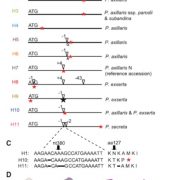
Pseudogenization and resurrection of a speciation gene (Curr. Biol)
Plant Science Research WeeklyMany flowers have evolved to attract pollinators through scent, shape, nectar production and color. Small changes in any of these attributes can be sufficient to dramatically shift pollinator preferences and pollination efficiency. Petunia has recently diverged into several species, characterized as…

Synthetic apomixis: Asexual propagation through seeds (Nature) ($)
Plant Science Research WeeklySexual reproduction mixes up genes and provides genetically diverse progeny, key for survival and fodder for evolution. Sexual reproduction is detrimental to the propagation of hybrid crops though, as mixing up the genes leads to progeny that will be inferior to the hybrid parent. Khanday et al. have…

